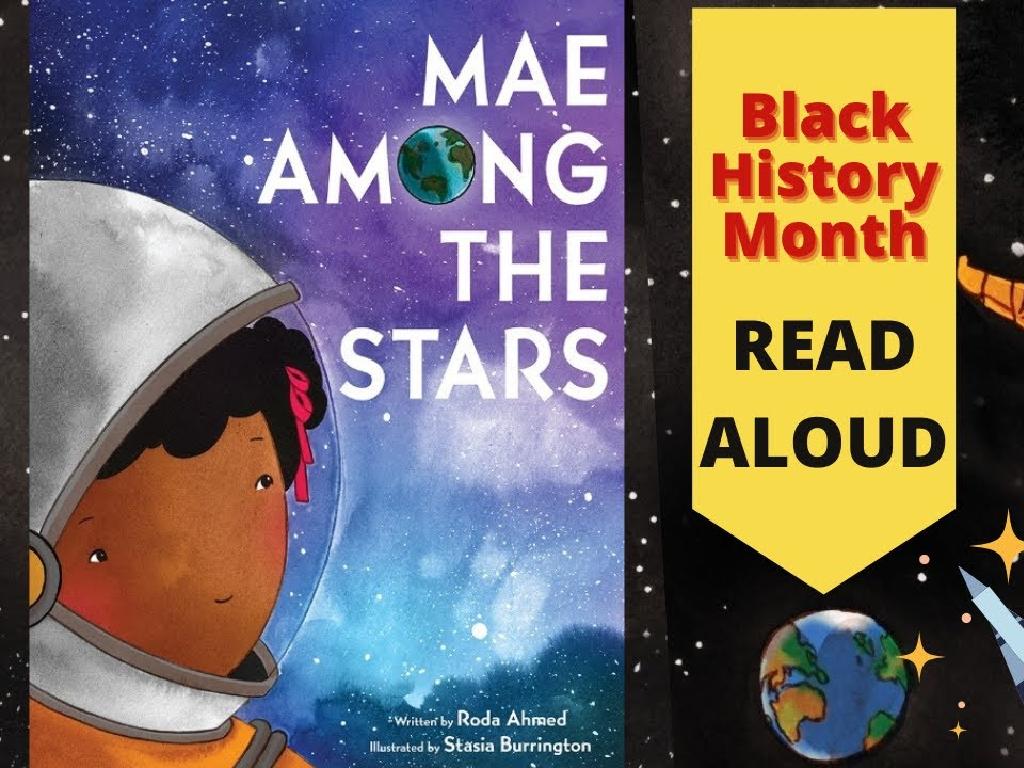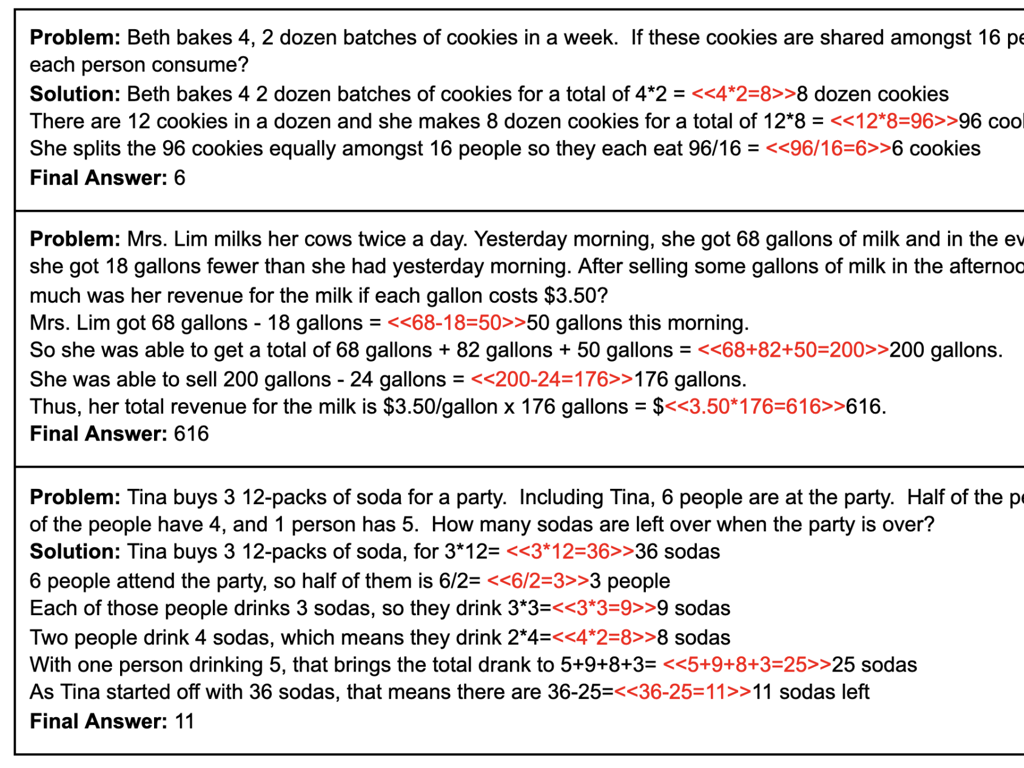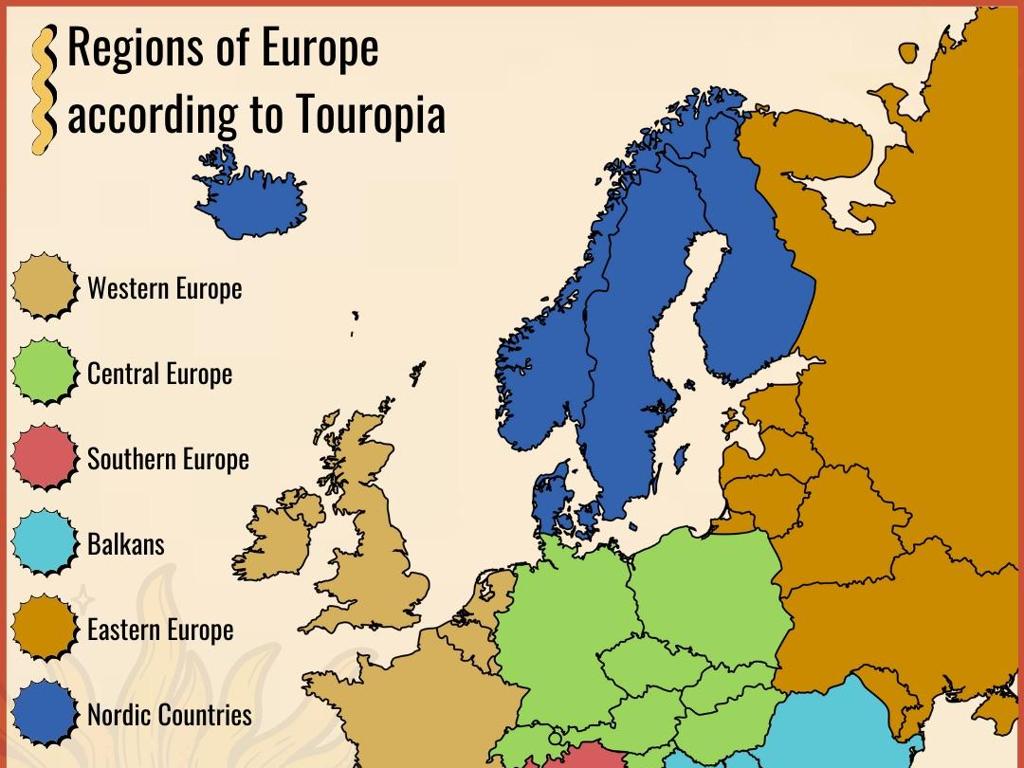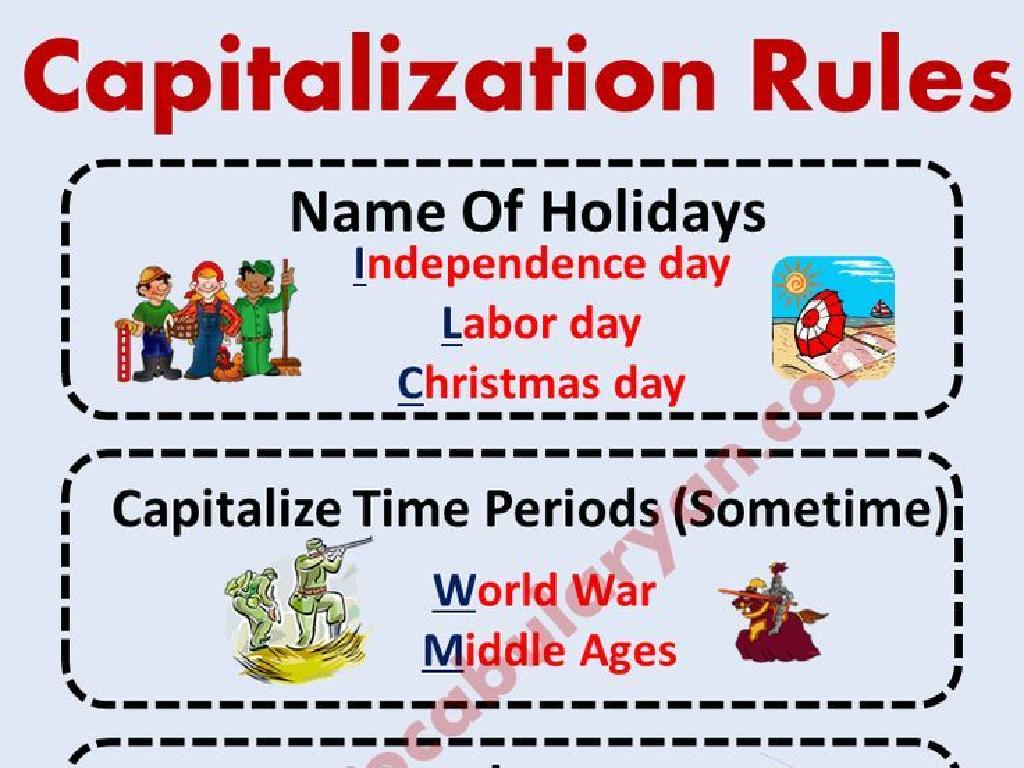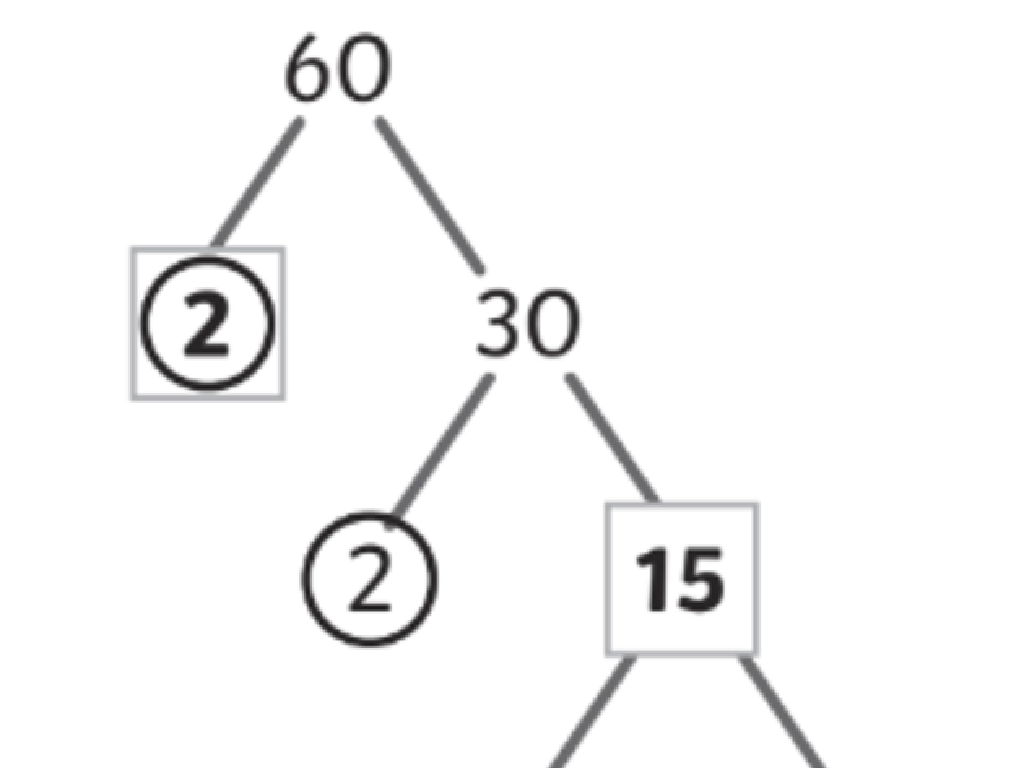How Many Syllables Does The Word Have?
Subject: Language arts
Grade: Second grade
Topic: Syllables
Please LOG IN to download the presentation. Access is available to registered users only.
View More Content
Welcome to Syllables!
– What’s a syllable?
– A syllable is a part of a word that has one vowel sound.
– Syllables in everyday words
– For example, ‘hap-py’ has two syllables: hap/ py.
– Why syllables matter
– They help us break words into pieces to read & spell better.
– Practice counting syllables
– We’ll clap & count syllables in words like ‘computer’ and ‘animal’.
|
This slide introduces the concept of syllables to second graders. Start by explaining that a syllable is a word part that contains a single vowel sound, which can be heard when spoken aloud. Use familiar words to illustrate how syllables form parts of words and show how they are essential for reading and spelling. Emphasize the importance of syllables in determining word stress and pronunciation. Engage the class with an activity where they clap out the syllables of common words, reinforcing the lesson through auditory and kinesthetic learning. This will help them understand and remember the concept of syllables.
Exploring Syllables in Words
– What’s a syllable?
– A syllable has one vowel sound.
– Syllables in words
– ‘Cat’ has 1, ‘elephant’ has 3 syllables.
– Clapping out syllables
– Clap once for each syllable in a word.
– Practice with examples
– Let’s try with our names and favorite animals!
|
This slide introduces the concept of syllables to second graders. Begin by explaining that a syllable is a word part with just one vowel sound. Use simple examples like ‘cat’ for a one-syllable word and ‘elephant’ for a multi-syllable word. Engage the class by clapping hands to the rhythm of syllables in different words. For practice, have students clap out the syllables in their names and names of their favorite animals. This activity helps them understand and identify syllables in a fun and interactive way. Encourage students to listen for the vowel sounds and notice how their mouths move with each syllable.
Counting Syllables
– Count syllables with claps
– Clap, tap, or use fingers to count
– One clap for each syllable
– Practice with example words
– Try words like ‘banana’ (ba-na-na)
– Use claps to find syllables
– Clapping helps us hear the syllables
|
This slide introduces the concept of counting syllables to second graders. Teach them that syllables are like beats in words and can be counted using clapping, tapping, or finger counting. Each clap corresponds to one syllable. Start with simple examples and gradually move to more complex words. Encourage the students to clap along with you to find the syllables in each word. Make it interactive by asking them to suggest words to practice. This activity will help them understand the rhythm of language and improve their pronunciation and spelling skills.
Exploring One-Syllable Words
– ‘Dog’, ‘ball’, and ‘tree’ are one-syllable
– Clap once for each word
– Clapping helps us hear the single syllable
– Find other one-syllable words
– Words like ‘cat’, ‘book’, or ‘friend’
– Practice saying them aloud
– Helps with pronunciation and syllable identification
|
This slide is aimed at helping second-grade students understand and identify one-syllable words through auditory and kinesthetic learning methods. By clapping for each word, students can physically engage with the concept of syllables. Encourage the students to think of additional one-syllable words and share them with the class. This activity can be expanded by having students walk around the classroom and label objects with one-syllable names or by creating a one-syllable word wall where students can add words they find in their readings or daily activities.
Counting Syllables: Two-Syllable Words
– ‘Apple’ has two syllables
– We say it like ‘ap-ple’, and we clap two times!
– ‘Turtle’ also has two parts
– Just like ‘apple’, ‘tur-tle’ makes us clap twice.
– ‘Basket’ is two claps long
– For ‘bas-ket’, we clap once for ‘bas’ and once for ‘ket’.
– Let’s clap out more words!
– Find words in your book and try clapping to them.
|
This slide is aimed at helping second-grade students understand and identify two-syllable words through auditory and kinesthetic learning. By associating syllables with claps, students can physically engage with the concept of syllables, making it easier for them to grasp. Encourage the students to bring their favorite books to the next class and find two-syllable words. As they identify each word, they should clap out the syllables. This activity will reinforce their understanding of syllables and how they form parts of words. It’s a fun and interactive way to learn about word structure.
Exploring Three-Syllable Words
– Understanding three-syllable words
– Examples: ‘banana’, ‘elephant’, ‘computer’
– ‘banana’ breaks into ‘ba-na-na’
– Clapping out syllables
– Each syllable gets a clap: ‘el-e-phant’ is three claps
– Classroom syllable hunt
– Look around and find words with three parts
|
This slide is aimed at helping second-grade students understand and identify three-syllable words. Start by explaining what a syllable is and how it forms part of a word. Use common examples like ‘banana’, ‘elephant’, and ‘computer’ to illustrate. Demonstrate clapping for each syllable to help students audibly recognize the syllable breaks. Encourage the students to actively participate by clapping along. Then, engage the class in a fun activity by asking them to find objects in the classroom that have three-syllable names. This interactive approach helps solidify their understanding of syllables in a memorable way.
Let’s Practice Clapping Syllables!
– I’ll say a word out loud
– You clap for each syllable
– Clap once for each part of the word
– Listen for vowel sounds
– Vowels sounds like a, e, i, o, u
– Each clap equals one syllable
|
This slide is for a class activity to help students understand and identify syllables in words. The teacher will say a word aloud, and students will clap their hands to the rhythm of the syllables they hear. It’s crucial to emphasize listening for vowel sounds, as each vowel sound usually indicates a new syllable. Remind students that syllables are like beats in music and clapping helps to hear them. Possible words for practice: ‘banana’ (3 claps), ‘elephant’ (3 claps), ‘incredible’ (4 claps), ‘happy’ (2 claps), ‘jumping’ (2 claps). Adjust the difficulty of the words based on the students’ proficiency levels.
Class Activity: Syllable Hunt
– Let’s go on a syllable hunt
– Find objects in the classroom
– Count the syllables together
– Clap out the syllables as a team
– Write down your findings
– List the object and syllables on paper
|
This interactive activity is designed to help students understand the concept of syllables in a fun and engaging way. Have the students pair up and search the classroom for objects, such as ‘desk’, ‘window’, or ‘computer’. They should work together to clap out and count the syllables in each object’s name. Encourage them to write down the words they find along with the number of syllables next to each word. This will help reinforce their understanding of syllables and how to identify them in words. As a teacher, circulate around the room to assist pairs that might be struggling and to ensure that all students are participating. After the activity, regroup and discuss some of the words and their syllable counts to confirm understanding.
Celebrating Syllables Success
– Congrats on learning syllables!
– Syllables improve literacy skills
– Breaking words into parts helps with reading and writing
– Practice makes perfect
– Try clapping out syllables in different words
– Listen for syllables daily
– Pay attention to word sounds when speaking or reading
|
This slide is a positive reinforcement for the students, congratulating them on their hard work learning about syllables. Emphasize the importance of understanding syllables as it enhances their reading, writing, and speaking abilities. Encourage them to continue practicing by clapping out syllables and to actively listen for syllables in words during their daily activities, such as reading books or even during conversations. This ongoing practice will help solidify their grasp of the concept and improve their language skills.

